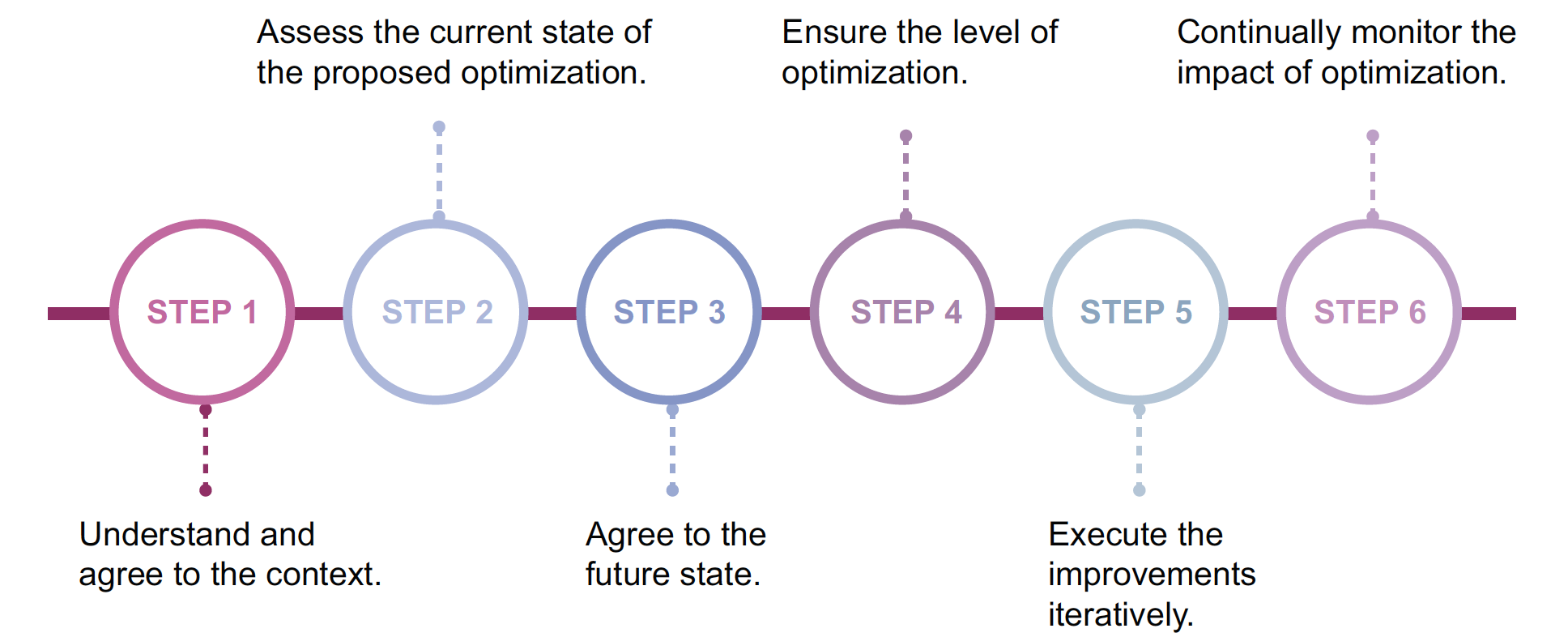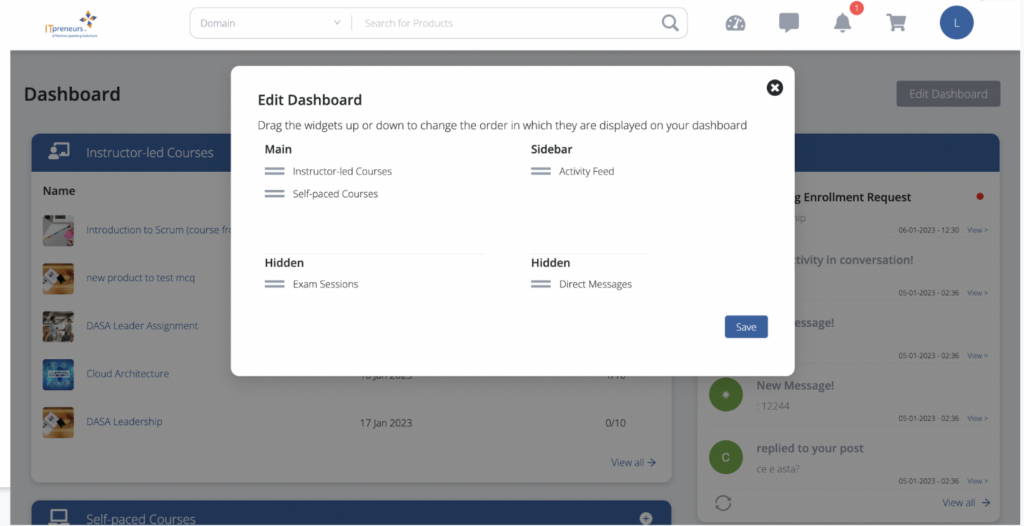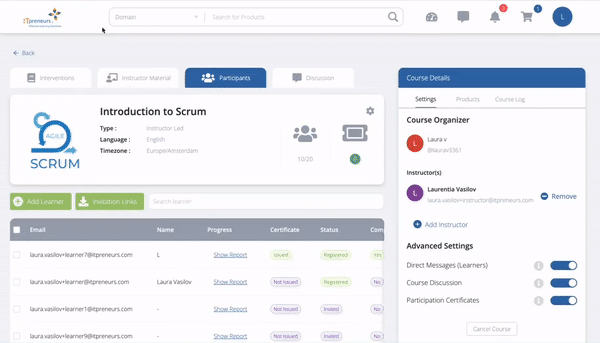I’ve recently found myself thinking about the seventh ITIL®4 principle, “Optimize and Automate”, more than usual. Fascinatingly, it is not uncommon I see organizations putting the focus on the second element of the principle before accounting for the first one.
There are talks of automation prior to adequate optimization. Let’s be clear about one thing: automating for the sake of automating is a recipe for disaster. Likewise, automating work that hasn’t been optimized to start with is sure to lead to undesirable outcomes. Automating inefficiency or ineffectiveness will only help you doing wrong things faster. Naturally, this can lead to huge costs and reduced organizational robustness and resilience. The importance of optimization is, therefore, paramount.
Before going ahead with actually mentioning which steps ought to be taken in the path of optimization, it is crucial that there is a clear understanding of what is meant by “optimization”. The “ITIL Foundation, ITIL 4 Edition” sums it up eloquently as the “means to make something as effective and useful as it needs to be”. Before automation is a consideration, it needs to be ensured that optimization has already been accomplished as far as it’s possible and reasonable to do so. It needs to be taken into account, of course, the set of constraints that may affect it such as potential financial limitations, compliance requirements, and resource availability.
There are a number of different ways in which organizations can optimize their practices and services provided the concepts and practices described in ITIL are effectively applied. The practices that organizations follow to optimize work to enhance performance can be specific to ITIL, Lean, DevOps, Kanban, and other sources.
Regardless of the practices organizations follow, the path to optimization is always the same. That’s why it’s immensely helpful to remind ourselves of the steps that make up the path:
1. Understanding and agreeing on the context in which the proposed optimization exists. This includes agreeing with the overall vision and objectives of the organization.
2. Assessing the current state of the proposed optimization to understand where it can be improved and which improvement opportunities are likely to produce the biggest positive impact.
3. Agreeing on what the future state and priorities of the organization should be, focusing on simplification and value. This typically also includes standardization of practices and services, which will make it easier to automate or optimize further at a later point.
4. Ensuring the optimization has the appropriate level of stakeholder engagement and commitment.
5. Executing the improvements in an iterative way, using metrics and other feedback to check progress, stay on track, and adjust the approach to the optimization as needed.
6. Continually monitoring the impact of optimization to identify opportunities to improve methods of working.
Optimization helps organizations maximize the value of work. It may not sound instantly as appealing or trendy as automation does but more organizations ought to dedicate the time and efforts required to reflect on how this can be done before getting distracted by the oh-so-shiny automation. Thankfully we have the six steps to guide us in that path.
About the author

Honored to be recognized as a Top 25 industry thought leader, contributing author to VeriSM Unwrapped and Applied as well as ITIL4 High-Velocity IT and a Lead Author for ITIL4 course content.
Thought-provoking and relevant, I like to probe the hearts and minds of businesses and IT, finding out what makes them tick and jumpstarting people’s thinking to evolve behavior and actions at any level. People connected, knowledge shared, possibilities discovered and potential realized is my active values and through these, help you articulate your vision, enable smoother transitions and form a resilient foundation on which you can drive your business forward in this fast-paced digital world.
Related Courseware
Sorry, we couldn't find any posts. Please try a different search.




